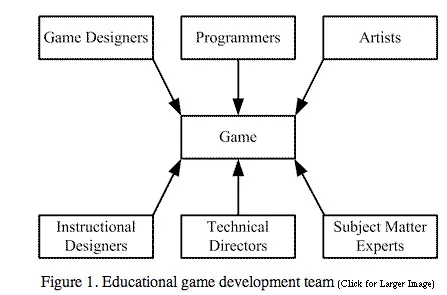Designing Maps That Support Nonlinear Objectives

In the world of gaming, map design plays a crucial role in creating immersive and engaging experiences for players. While traditional linear objectives have long been a staple in game design, there is an increasing trend towards incorporating nonlinear objectives into gameplay. These objectives allow players to approach challenges in a variety of ways, fostering creativity and strategic thinking.
Designing maps that support nonlinear objectives requires a careful balance of elements such as layout, environmental storytelling, and player choice. By creating environments that are rich in detail and offer multiple paths to success, game developers can provide players with a sense of agency and immersion that enhances their overall experience.
One key aspect of creating maps that support nonlinear objectives is the layout of the environment. A well-designed map should offer players a variety of paths to navigate, each with its own set of challenges and opportunities. By creating branching paths, hidden shortcuts, and interconnected areas, developers can encourage exploration and discovery while allowing players to choose their own path through the game.
Environmental storytelling is another important aspect of map design that can enhance nonlinear gameplay. By incorporating clues, hints, and visual cues into the environment, developers can guide players towards objectives without explicitly telling them where to go. This subtle approach to storytelling engages players and encourages them to use their observation and deduction skills to progress through the game.

Player choice is also a key factor in designing maps that support nonlinear objectives. By giving players multiple ways to approach challenges, developers can empower them to play the game in a way that suits their individual playstyle. Whether it’s through stealth, combat, or puzzle-solving, allowing players to choose how they tackle obstacles adds depth and replay value to the game.
In addition to providing players with multiple paths and choices, developers can further enhance nonlinear gameplay by incorporating dynamic events and emergent gameplay mechanics into their maps. By creating dynamic elements that react to player actions, such as changing weather patterns modded minecraft server host, interactive NPCs, or destructible environments, developers can create a living, breathing world that feels responsive and immersive.
From a gameplay perspective, nonlinear objectives offer players a sense of freedom and agency that can enhance their overall experience. By allowing players to approach challenges in a variety of ways, developers can foster creativity and strategic thinking, encouraging players to experiment and think outside the box.
From a design perspective, creating maps that support nonlinear objectives can be a challenging but rewarding process. By carefully balancing elements such as layout, environmental storytelling, and player choice, developers can create rich and immersive environments that engage players and enhance their gameplay experience.
In conclusion, designing maps that support nonlinear objectives is essential for creating immersive and engaging gaming experiences. By incorporating elements such as layout, environmental storytelling, player choice, dynamic events, and emergent gameplay mechanics, developers can create worlds that are rich in detail and offer endless possibilities for exploration and discovery. By embracing nonlinear objectives, developers can push the boundaries of traditional game design and create experiences that resonate with players on a deeper level.